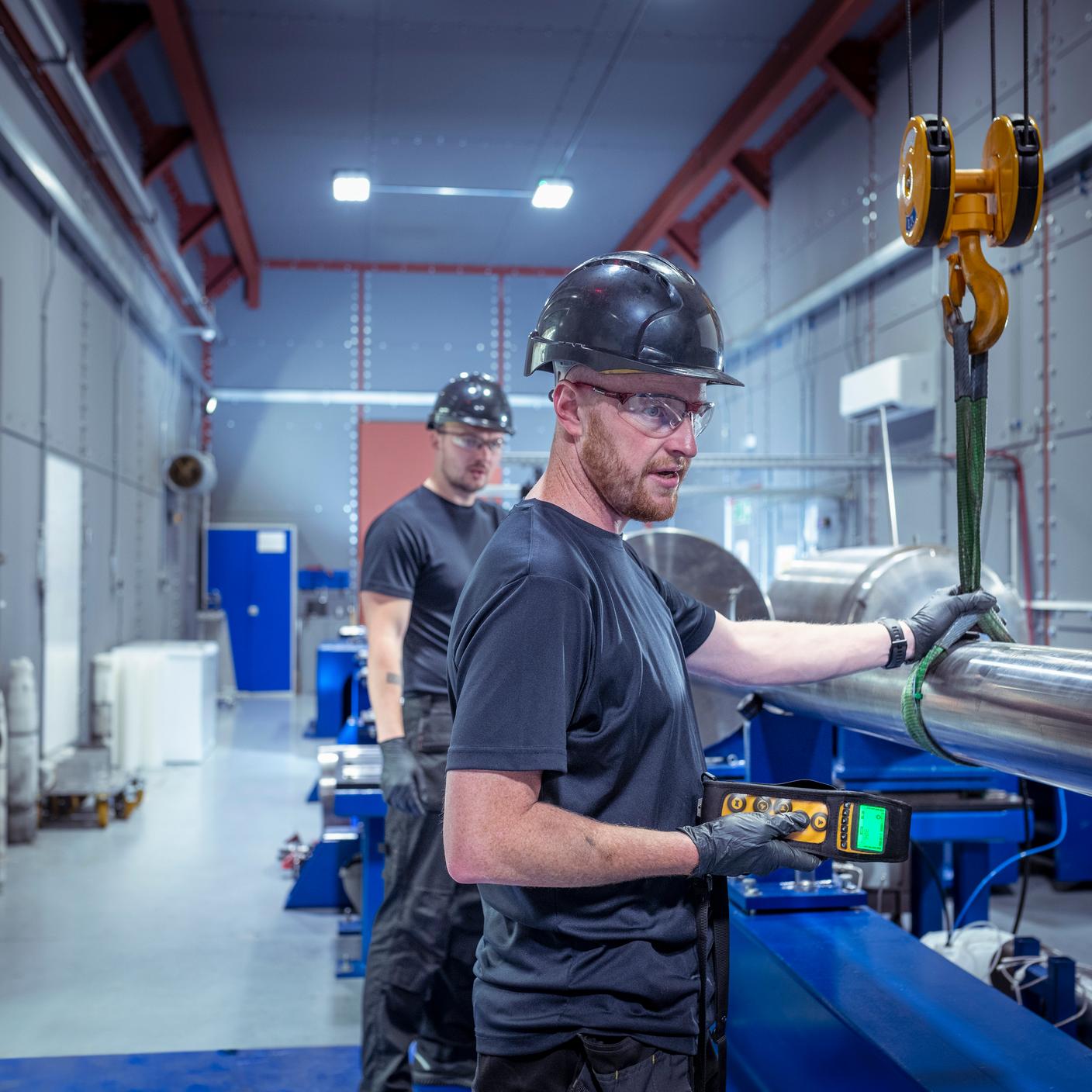After more than two decades, the benchmark standard for occupational eye and face protection has been updated. EN ISO 16321-1:2022+A1:2025 is the new international and European standard replacing EN 166:2001 from 11th November 2025. It introduces modernised requirements that better reflect today’s workplaces, diverse user needs, and technological advances. For businesses involved in the design, manufacturing, or certification of protective eyewear, understanding these changes is essential.
What is EN ISO 16321-1:2022+A1:2025?
This standard sets out general requirements for protective eyewear used in occupational and educational settings. It is part of a broader suite:
- Part 2: Protectors for welding-related applications
- Part 3: Mesh protectors
- Part 4: Under development, covering biological hazard protection
The Amendment (A1), published in 2025, refines requirements related to field of view, protection zones, and product markings. The standard has been designed to raise the bar for safety, inclusivity, and product performance.
Why it’s been introduced - and what it replaces
EN 166:2001 has served as the foundation for safety eyewear for over 20 years but had limitations:
- It used only two headform sizes (medium and small), which didn’t reflect the full range of global facial characteristics.
- Some testing methods were outdated or lacked consistency, such as field of view and optical clarity.
- It didn’t account for newer risk types, such as high-mass impacts or environmental factors like explosive atmospheres.
EN ISO 16321 replaces EN 166 and other related standards such as EN 170, EN 171, EN 172, and EN 379, all of which are now formally withdrawn.
What products does this apply to?
EN ISO 16321-1:2022+A1:2025 applies to:
- Occupational safety eyewear, including spectacles, goggles, and face shields used across industries like construction, healthcare, manufacturing, and laboratories
- Educational environments where protective eyewear is used, such as science labs or technical training workshops
- Protective eyewear using either plano or prescription lenses
It does not apply to:
- Eye and face protection designed for live electrical working (e.g. arc flash)
- Laser protection eyewear
- Sports eyewear
- Medical eyewear used during surgery
- Eyewear designed solely for solar protection
- Protection against ionising radiation
Separate standards exist for these use cases, so it is important to verify the appropriate route to compliance depending on your product type.
Key changes to look out for
- Inclusive headform testing: The new standard uses six headform sizes (based on ISO 18526-4), which represent the global population more accurately than the previous two-size system.
- Improved field of view assessment: The method now uses precise measurement techniques, and for driving eyewear, there is a new requirement for a minimum 60° temporal field of vision from each eye.
Impact protection updates:
- All eyewear must pass a more rigorous basic impact test with a larger and heavier steel ball.
- Optional classifications have been updated to include high-speed impacts at three new levels: C (45 m/s), D (80 m/s), and E (120 m/s), with specific protective zones defined.
- A new high-mass impact test simulates slow-moving heavy object impacts using a 500g steel projectile.
Optical performance:
- Luminous transmittance requirements are now stricter: lenses must transmit at least 80% of light, with some exceptions for thick or multilayered shields.
- Haze measurement replaces outdated scatter testing to ensure visual clarity.
Physical testing enhancements:
- A new penetration test has been introduced for vents and gaps, limiting opening sizes to 1.5 mm.
- The heat stability test now runs for 120 minutes, doubling the exposure time required under the old standard.
- Expanded product markings: New codes have been added to reflect protection against fogging, chemical exposure, streams of liquid, radiant heat, and other performance claims.
Implementation timeline: 11 November 2025
From 11 November 2025, EN ISO 16321-1 becomes the only valid standard for new certifications in both the UK and EU. EN 166:2001 will no longer provide presumption of conformity.
However, existing products certified to EN 166 can continue to be sold until the expiry of their certification, up to a maximum of five years from the date of issue. For example, if a product is certified to EN 166 before the November deadline, it may remain valid until late 2029 depending on the certificate’s issue date.
What to do if testing a new product
If you are developing or updating eyewear products, you should test and certify them to EN ISO 16321-1:2022+A1:2025 now. Although the standard is expected to be added to the PPE Official Journal later this year, certification bodies such as BSI already accept it as a technical specification.
Testing to the new requirements now avoids costly retesting later and ensures your products are future-proof.
How BSI can help
BSI is ready to support manufacturers transitioning to EN ISO 16321 with:
- Full laboratory testing to all mandatory and applicable optional clauses
- Custom certification plans built around your product’s design and claimed protection levels
- CE and UKCA marking services, including Notified Body support under Module B and ongoing conformity under Modules C2 or D for Category III PPE
- The option to certify products to the BSI Kitemark – a trusted third-party mark that adds additional assurance and brand value
Next steps for eyewear manufacturers
With the transition deadline approaching, the time to act is now. Manufacturers should:
- Audit their product ranges to identify any eyewear currently certified to EN 166
- Begin testing to EN ISO 16321 to secure timely compliance
- Contact BSI to define certification needs and secure test lab capacity
- Consider the Kitemark for added product differentiation and market trust
This transition is more than a regulatory obligation – it is an opportunity to lead in innovation, inclusivity, and safety performance in the global PPE market.



